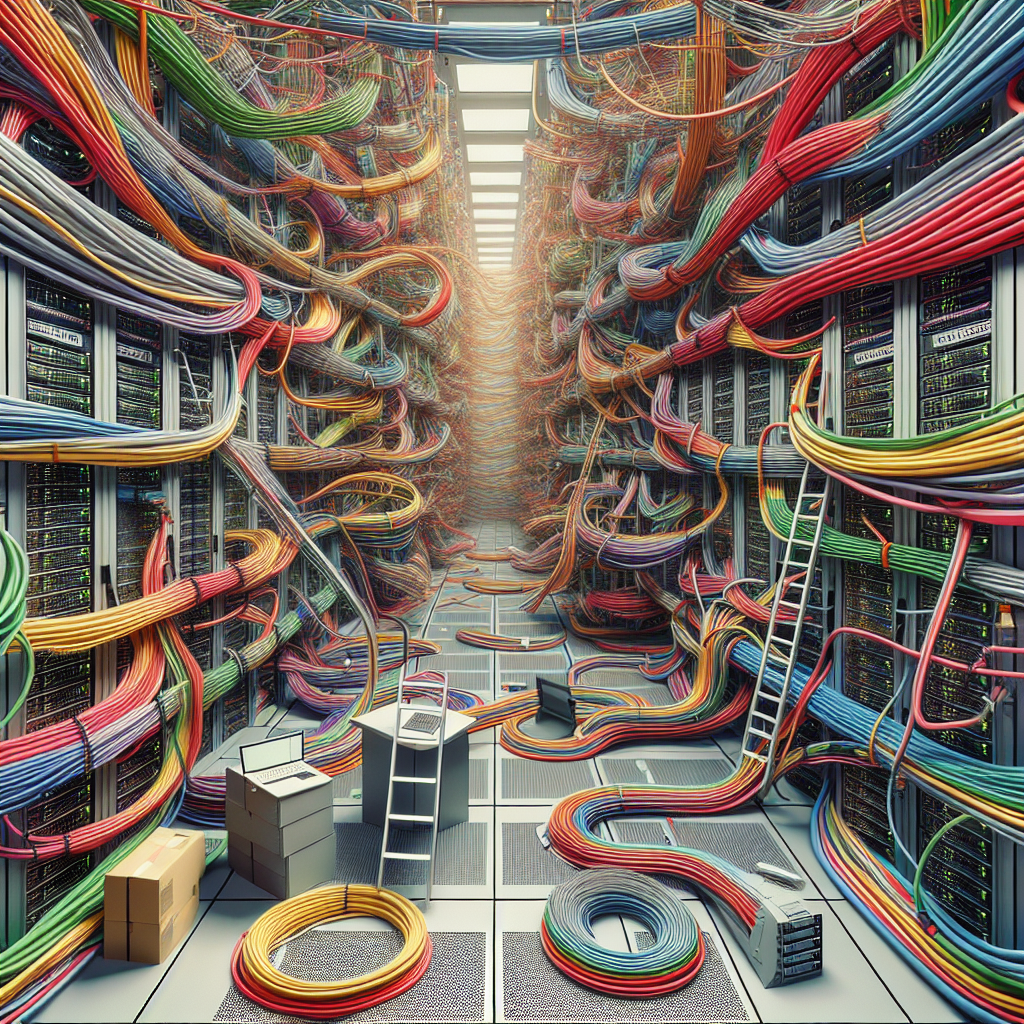Data centers are the backbone of modern businesses, housing the servers, storage devices, and networking equipment that keep operations running smoothly. However, managing the cabling infrastructure in a data center can be a daunting task, with numerous challenges that can impact performance and efficiency. In this article, we will explore some of the common data center cabling challenges and provide strategies for overcoming them.
One of the main challenges in data center cabling is managing the sheer volume of cables. With numerous servers, switches, and storage devices all requiring connectivity, data centers can quickly become a tangled mess of cables, making it difficult to troubleshoot issues and perform routine maintenance. To overcome this challenge, data center managers should invest in cable management solutions such as cable trays, racks, and labels to organize cables and keep them neatly arranged.
Another challenge in data center cabling is ensuring proper airflow and cooling. Poor cable management can obstruct airflow through the data center, leading to hot spots and potentially damaging equipment. To address this issue, data center managers should consider using high-density cabling solutions that take up less space and allow for better airflow. Additionally, positioning cables away from heat sources and using cable management accessories such as cable managers and brush strips can help improve airflow and cooling in the data center.
Data center cabling also poses challenges when it comes to scalability and flexibility. As businesses grow and technology evolves, data centers must be able to adapt to changing requirements and accommodate new equipment and technologies. To overcome this challenge, data center managers should design cabling infrastructure with scalability and flexibility in mind, using modular cabling solutions that can easily be reconfigured and expanded as needed. Additionally, implementing a structured cabling system that adheres to industry standards can help ensure compatibility with a wide range of equipment and technologies.
Security is another important consideration when it comes to data center cabling. With sensitive data being transmitted through cables, it is crucial to protect against unauthorized access and tampering. To address this challenge, data center managers should implement physical security measures such as locking cabinets and cable trays, as well as encryption and authentication protocols to secure data in transit. Regular audits and inspections of cabling infrastructure can also help identify and address potential security vulnerabilities.
In conclusion, data center cabling presents a number of challenges that can impact performance, efficiency, and security. By investing in cable management solutions, designing for scalability and flexibility, ensuring proper airflow and cooling, and implementing security measures, data center managers can overcome these challenges and create a cabling infrastructure that supports the evolving needs of their organization.


Leave a Reply